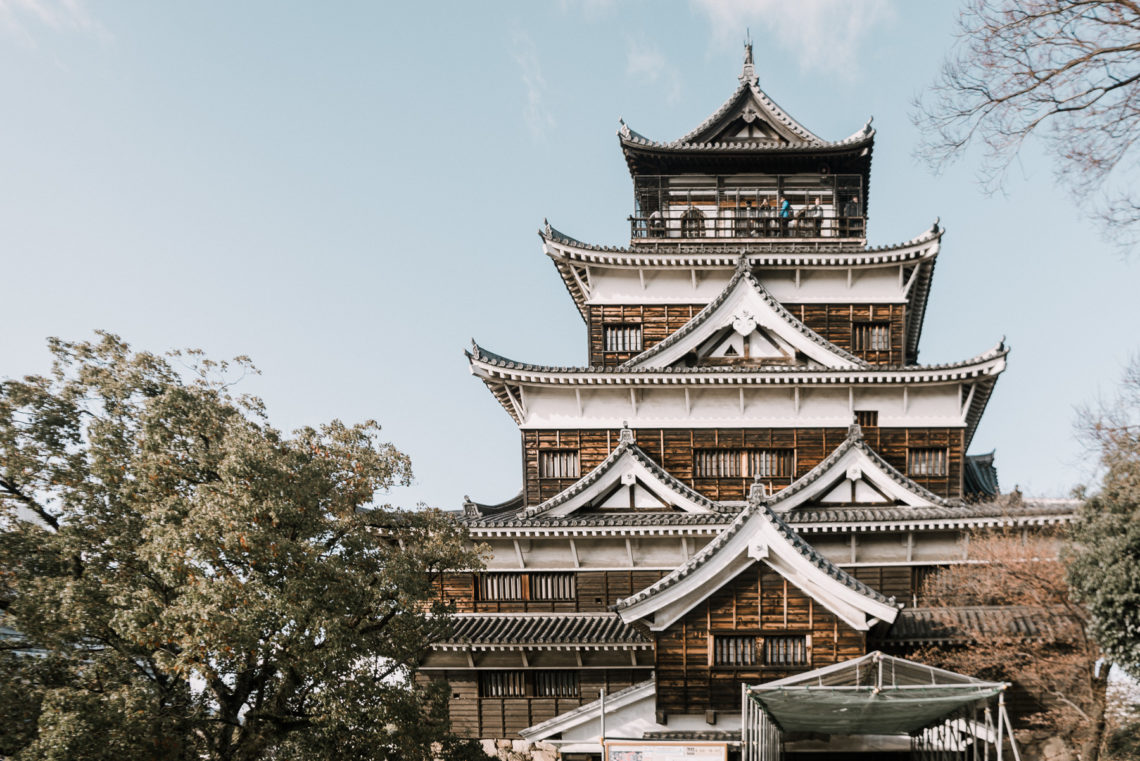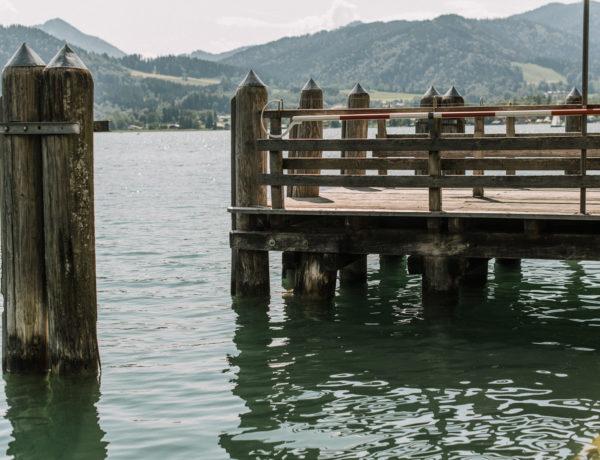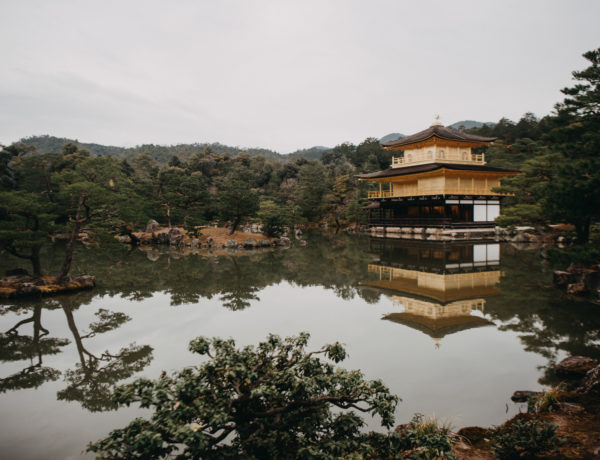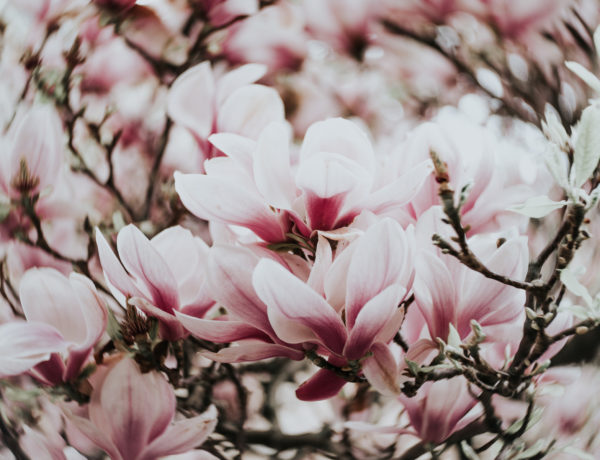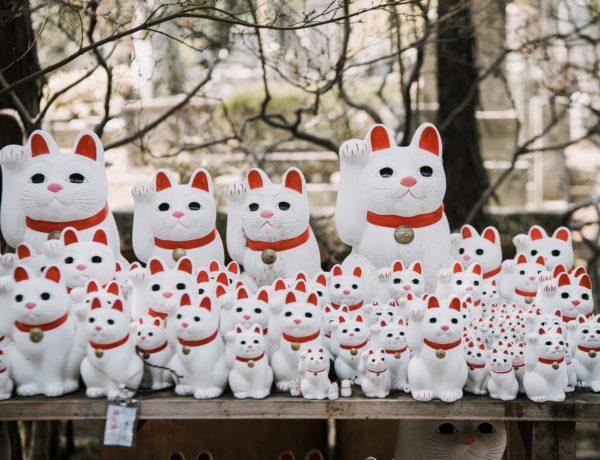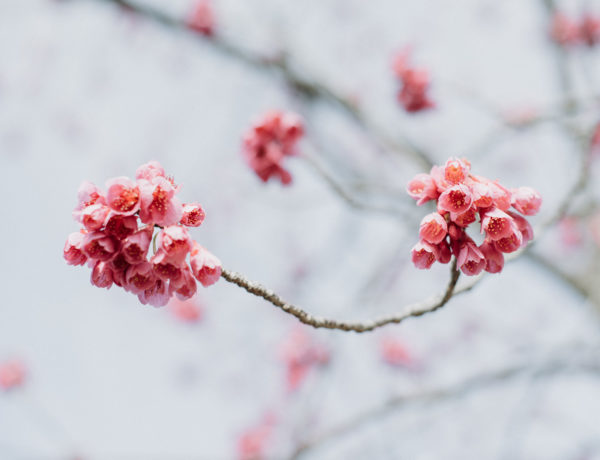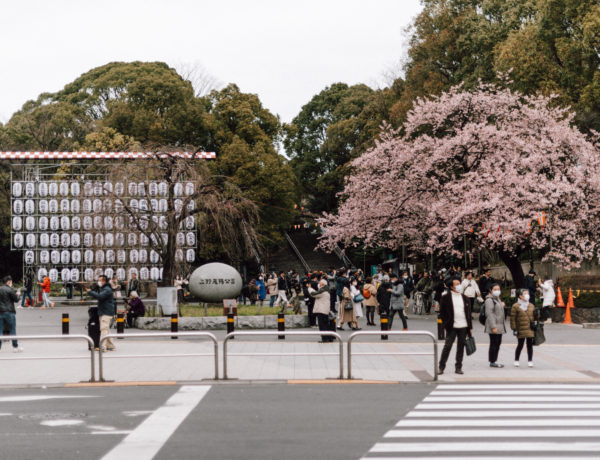Atomic bomb explosion is the first thing, which comes to one’s mind, when hearing the name of this city, yet one will be surprised, how clean and modern this city looks like several decades past after the horrible tragedy. Of course, you will still find many traces of the explosion in the city, but they have been preserved on purpose as reminders of the tragical mistakes the human race should never repeat.


Hiroshima Peace Memorial Park
When visiting Hiroshima Peace Memorial Park, the first thing I remembered was the sad story we were told at school. It’s a true story about Sadako Sasaki, a little girl who survived the bombing, but died ten years later in the age of 12 because of leukaemia caused by radiation. When she was in hospital, her father told her the legend, that if one folds 1000 paper cranes, one wish of the folder will come true. She has folded over 1000 cranes, however, the disease still took over her life. Paper cranes have become a symbol of peace and hope and children all over the world still fold paper cranes and send them to Hiroshima as a prayer for peace. The cranes are being placed next to the Children’s Peace Monument portraying Sadako holding a crane above her head.


Another symbolic monument in the park is the Peace Flame. It has burned since 1964 and will be burning until all nuclear bombs on Earth are destroyed.

The Memorial Cenotaph, arch-shaped monument covering a cenotaph with the names of all of the people killed by the bomb, is aligned to frame the Peace Flame and the Atomic Bomb Dome. This one of the first monuments in the park represents a shelter for the souls of the victims.


The Atomic Bomb Dome
The Atomic Bomb Dome is the former building of the Hiroshima Prefectural Industrial Promotion Hall. It happened to be located in a very close proximity to the hypocenter of the explosion. At the moment of detonation, the interior of the building went completely on fire. All people who were inside at the time instantly died. The thick walls and the wire-framed dome partially survived the destruction.
It has been decided to preserve the dome as a reminder of all the suffering caused by the bomb and as a symbol of fight against nuclear weapons. However, it was not an easy decision: having been exposed to the weather, the dome was on the verge of collapse and required costly maintenance to preserve the damaged appearance as much as possible and to keep the dome from falling down. The fund-raising campaigns have started in 1965, and 66 million yen were raised.

Hiroshima Castle
Hiroshima Castle is another interesting heritage site. The original castle built in the end of 15th century did not survive the explosion. Its replica built in 1958 serves as a museum of Hiroshima’s history before World War II. Similarly to the castle in Osaka, there is an observation deck on top.

Three trees in the castle park survived the explosion: an eucalyptus and a willow at approximately 740 m from the hypocenter, and a holly at approximately 935 m from the hypocenter.




In the evening, we simply decided to take a walk in the city. We spent some time in a shopping center and a had a lovely dinner in the izakaya 角打ち酒屋 山城屋. The sashimi plate we had there was so good, we had to oder it twice. We also enjoyed local sake and plum wine from a jar recommended to us by the friendly host.
Photos taken in March 2018

